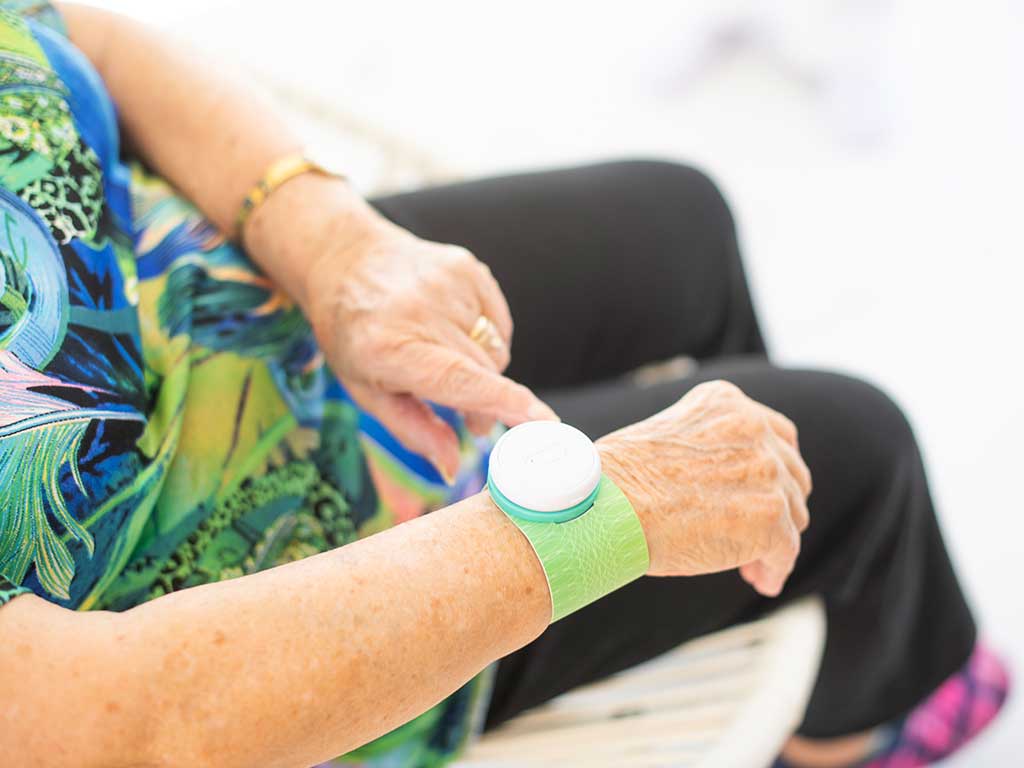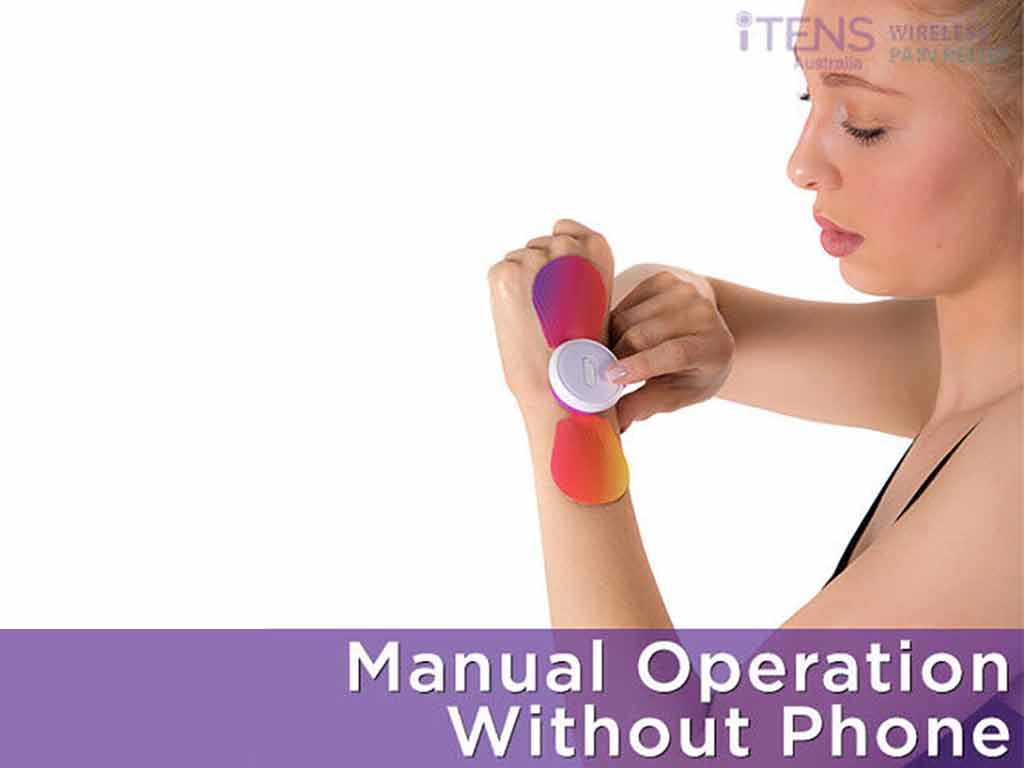
Transcutaneous Electrical Nerve Stimulation (TENS) is a drug-free approach to pain relief. More people employ TENS therapy to lessen pain symptoms and avoid the harmful side effects of medicines. Nevertheless, there are several guidelines when using the TENS machine to ensure safety and effectiveness. The electronic device delivers low-voltage electrical currents through the skin to stimulate the nerves to reduce pain. With proper pad placement and settings, it can significantly alleviate pain and discomfort.
TENS has been valuable in pain management and physical therapy for decades. However, it has become more mainstream in recent years due to the availability of portable devices. It is also an efficient alternative for those seeking natural pain relief. Moreover, it does not involve intrusive procedures. In this article, we will provide a comprehensive overview of TENS, including how it relieves pain, how to operate the machine and things to do and avoid.
What Is The TENS?
The TENS, or electrical nerve stimulation, is a non-invasive therapy that uses electrical impulses to stimulate the nerve fibres. Using electricity for pain relief can be traced back to ancient times, but the modern application of TENS was first developed in the 1960s. Researchers noted that controlled currents can relieve arthritis and gout pain and even improve paralysis.
The first TENS machines were bulky and required a stationary power source. Nowadays, it is more accessible due to the availability of small portable units and pre-set programs. Modern devices are battery-operated with electrical leads connected to adhesive pads. Additionally, the pre-set programs enable individuals to administer the therapy without professional supervision.
Moreover, wireless devices are available. Unlike their traditional counterparts, a wireless TENS machine utilises Bluetooth technology to connect to a smartphone app. It is also more compact and lightweight due to the absence of wires. These options can help individuals choose the most suitable device that can help manage their condition optimally.
Benefits and What It Can Treat
- TENS may help reduce the severity and frequency of pain in adults.
- It boosts blood circulation, which helps speed up the healing process of damaged nerves and tissues.
- Reduces muscle spasms and improves the range of motion.
- TENS can help with acute pain or injuries, such as muscle strains and sprains.
- Manages discomfort during labour and menstrual periods.
TENS is also efficient in managing the following chronic pain conditions:
- Joint inflammations like osteoarthritis, rheumatoid arthritis, and gout
- Bursitis
- Fibromyalgia
- Sciatica
- Ankle tendonitis
- Migraines
- Tennis elbow
- Plantar fasciitis
- Carpal tunnel syndrome
- Chronic pelvic pain
- Frozen shoulders
- Structural back problems like herniated discs and spinal stenosis

How Does the TENS Work?
The exact mechanism of how TENS works is not fully understood, but there are several theories. One theory is the Pain Gate Mechanism. It suggests that the spinal cord has “neural gates” that control the transmission of pain signals. During the TENS treatment, it blocks the pathways, disrupting the pain signals from reaching the brain.
The second theory is Endorphin Release. This is when gentle electrical pulses trigger the release of endorphins and other hormones. Endorphins are known as the body’s natural painkillers that inhibit nerve cells from sending pain messages to the brain. These hormones can also help reduce stress and anxiety and improve mood. Therefore, interrupting pain signals helps reduce the overall sensation of pain.
Other ways in which a TENS machine can help is to relax the muscles and desensitise painful areas. The device produces mild, tingling sensations that may cause the brain to focus on sensory information other than pain. Therefore, it distracts the brain, reducing discomfort. Nevertheless, it is vital to remember that TENS therapy gives temporary relief and does not cure the cause of pain.
Proper Pad Placement for Effective Relief
The key to optimal pain relief is the proper placement of the pads. In general, position the electrodes on either side of the pain area. The placement can be vertical, horizontal, or angulated. It is also important to keep the pads one inch apart. The strategic placement of the electrodes is crucial to reach the right nerves.
If the currents do not hit the right spot, alter the pad placement slightly. Make sure to turn off the machine first before adjusting the electrodes. In addition, the positioning and number of pads may depend on the coverage of pain.

How To Use The TENS?
TENS machines are easy to use, requiring a few steps and easy-to-follow instructions. To facilitate the therapy, place the electrodes on the target area and start the device. Begin with a low setting and gradually increase the intensity until reaching the desired stimulation and comfort level. The TENS management also recommends altering the currents or frequency to find the best combination that relieves pain.
There are two general ways to relieve pain with TENS – motor level and sensory level. Motor level stimulation uses low frequency (10 Hz or below) to stimulate endorphin release. On the other hand, sensory level stimulation (50 Hz and above) or HF TENS, activates the gating mechanism, which disrupts pain signals.
Many devices come with pre-set modes for quicker and more efficient use. These programs have fixed parameters according to specific body areas and pain conditions. Choosing a pain mode automatically starts the treatment without needing further adjustments. After the session, turn off the device before removing the pads.
Dos and Don’ts
As with any electrical stimulation device, it is important to read the manual or follow the instruction of a health professional. For safe use, clean the area before placing the pads. Always start with low intensity and gradually increase. Regularly clean the electrodes by wiping the adhesive surface with a damp cloth to remove the gel residue.
When using TENS, avoid electrode placement on sensitive areas, such as the temples, head, throat, spine, and joints. Also, do not place the pads on broken skin or open wounds. Lastly, individuals with heart conditions, epilepsy, pacemaker, and pregnant women must seek medical advice before using TENS.
Conclusion
TENS is a non-invasive and drug-free treatment that is beneficial in improving chronic pain. It also helps manage several health issues, including neuropathic pain, muscle soreness, and acute pain conditions. It works by blocking the transmission of pain signals and releasing natural hormones like endorphins. Moreover, with proper pad placement, it can give therapeutic relief without adverse side effects. The TENS machine is a portable device with adjustable settings to suit different pain levels and coverage areas.
Individuals may administer TENS therapy without going to a pain clinic involving basic procedures and instructions. The standard guidelines are using the correct settings and proper pad placement. The duration of each session typically lasts 15 to 30 minutes. Furthermore, give regular breaks between sessions to prevent skin irritation. It is vital to follow the usage guidelines and safety precautions for safe and effective treatment. For best results, consult a healthcare professional.




















